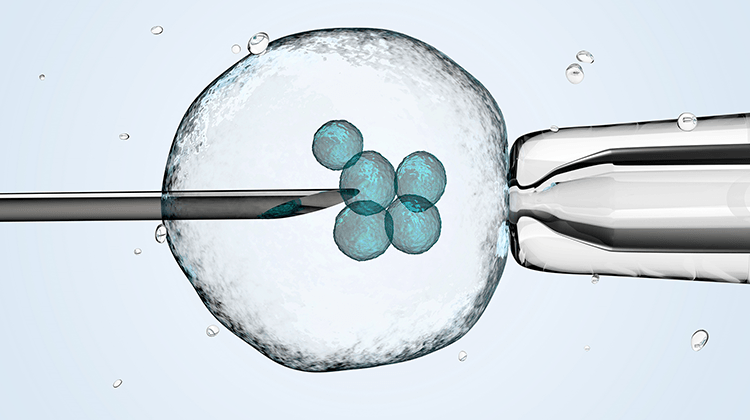As health professionals, it’s important to have the latest information and resources on IVF.
A recent report published by the University of New South Wales announced that 18% of IVF cycles in Australia and New Zealand result in a live birth Of the just over 81 000 initiated IVF cycles in 2016-2017, 82.2% resulted in either a successful embryo transfer or all oocytes/embryos being preserved at subzero temperatures for use in IVF ( cryopreservation) In 2016-2017 the highest annual number of births in Australia and New Zealand IVF’s history were recorded, 15,198 babies. The proportion of IVF cycles resulting in twins and triplets is now one of the lowest rates in the world, 3.8%. The average age of women being treated with IVF is 36 years.
The report was produced after the Victorian Government announced a review into the state’s IVF laws to ensure women were getting accurate information from IVF and fertility doctors about success rates and treatment options. Each cycle is expensive, with IVF Australia figures showing patients are out of pocket as average of $ 4,707 for their first IVF cycle and $4,151 for subsequent cycles.
The IVF success rates published for Australian Fertility Clinics can be misleading The rates are given as live birth per pregnancy or per embryo transfer and do not take into account all those whose cycles did not result in an embryo transfer or those pregnancies that do not go to term. Different countries have differing laws regarding public access to fertility treatment outcomes.
Australia’s IVF success rates are assumed to be similar to those of the UK. According to the UK’s National Health Service, between 2014 and 2016 the percentage of IVF treatments that resulted in a live birth was 29% for women under 35, 23% for women aged 35 to 37, 3% for women aged 43 to 44. The Human Fertilisation & Embryology Authority is the UK Government’s independent regulator overseeing fertility treatment and research. This site provides clear outlines about the different treatments available and the associated options, including risks and results. The HFEA is a very useful reference for Australian women as the fine details are not easily available and not mandated by laws.
The IVF success rates published for US Clinics are higher than Australian rates possible because there was a much higher rate of multiple births from the US Clinics.
For your patients planning or currently trying to start a family, a valuable resource could be The Fertility Coalition, formed by four organisations in Australia – the Victorian Assisted Reproduction Treatment Authority, Andrology Australia, Jean Hailes Research Unit and The Robinson Research Institute; and funded by the Australian Government Department of Health and the Victorian Government Department of Health and Human Services. The site provides facts about fertility for men, women, trans and gender diverse people to make the best possible decisions about having children for your circumstances, the most up to date scientific information to improve fertility. See yourfertility.org.au
For your patients choosing an IVF Clinic and about to attend the first appointment a useful guide is available here.
Dr Lisa Surman, CBD West Medical Centre, Perth, WA
Member of Best Practice Software’s Clinical Leadership Advisory Committee
“Often patients spend time talking about current medical and social issues, taking valuable time away from dealing with what they have really come in to discuss. One of our solutions is to direct them to news articles on our website written by a doctor in our Practice that outline current issues and offer strategies to manage the problem and links to relevant, reputable websites”.

